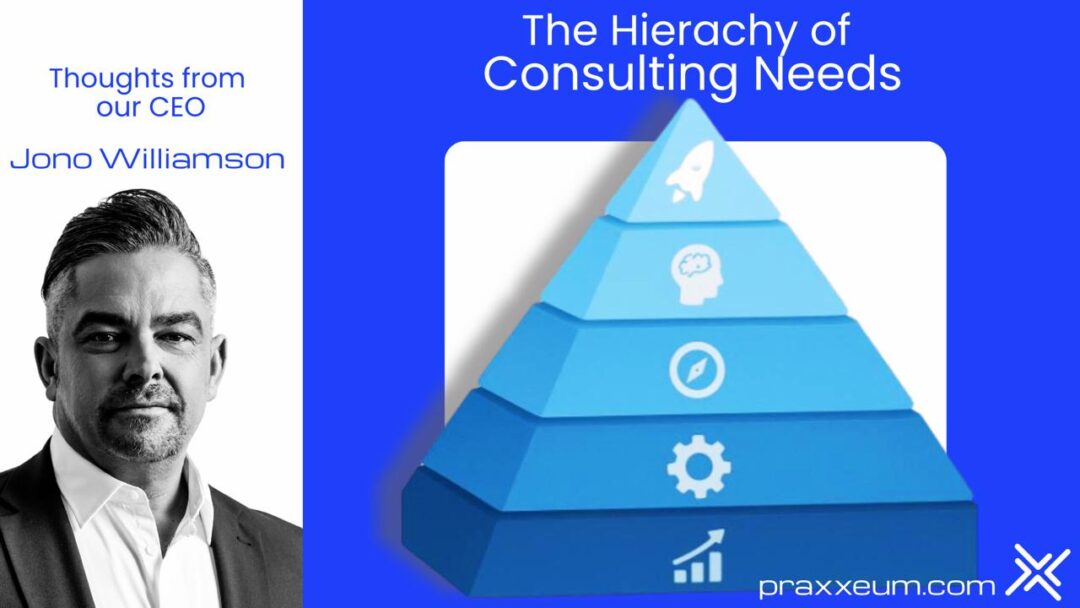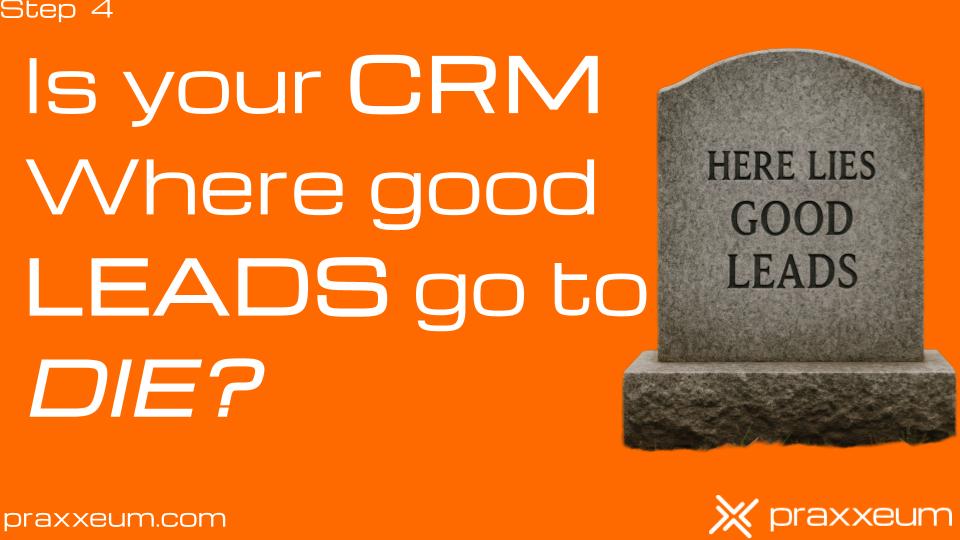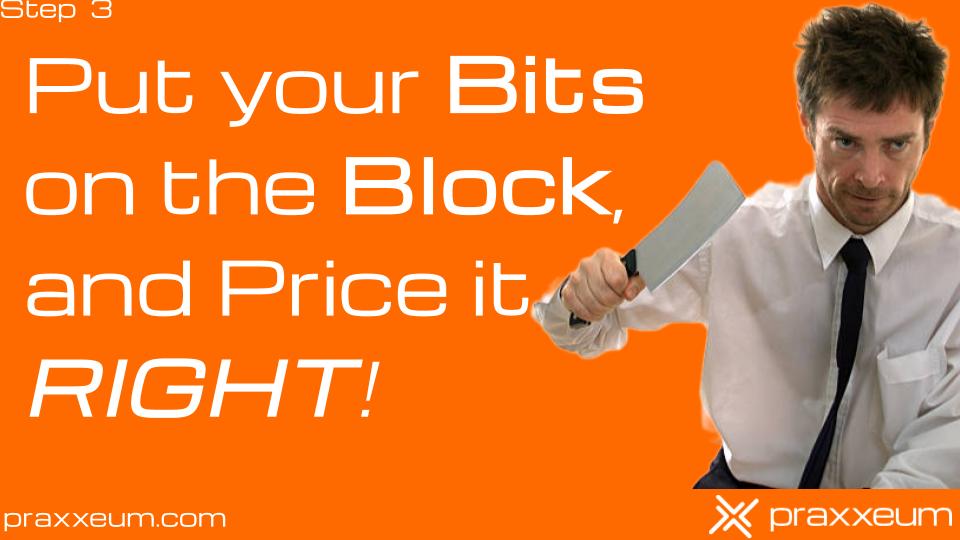Let’s be honest.
Many SaaS CEOs struggle to answer one simple question with precision:
Who are you actually selling to?
You’ll often hear answers like:
“Anyone who needs project management software.”
“Marketing teams at mid-sized companies.”
“Businesses that want automation.”
That isn’t clarity — it’s chaos dressed as confidence.
And that lack of focus is exactly why your funnel leaks, your team chases the wrong deals, and your marketing spend vanishes with little to show for it.

You Can’t Scale What You Can’t Define
If you don’t know exactly who your best customer is — not just what they do, but how they think — every decision that follows will drift off course.
Pricing stops making sense.
Messaging starts missing the mark.
Campaigns fill your funnel with noise instead of buyers.
True ICP (Ideal Customer Profile) clarity is the foundation of scalable growth.
It’s not about shrinking your opportunity — it’s about focusing your firepower.
Once you get it right, everything from offer design to delivery becomes sharper and faster.
What an ICP Actually Is
Here’s the truth: an ICP is not just “companies with 10–100 employees in tech.”
That’s a spreadsheet filter, not a strategy.
A strong ICP combines three dimensions:
- Business traits — company size, vertical, model, funding stage, and tech stack.
- Human traits — pain points, frustrations, buying triggers, and success motivators.
- Behavioral signals — what they search for, how they buy, and what holds them back.
These layers tell a story — one about people, not demographics.
When you understand your audience at this depth, every part of your go-to-market system clicks into alignment.
Marketing starts speaking their language, sales knows who to chase, and product finally builds what actually sells.
If you want to dig deeper into ICP development frameworks, this HubSpot guide on defining your ICP offers a great primer — though what we do in Axxelerator takes it several levels deeper.
The Data Doesn’t Lie
In Axxelerator sprints, we consistently find that 60–70% of a company’s leads don’t fit its true ICP.
That’s not just inefficiency — it’s expensive misdirection.
Instead of guessing, we bring data to the table.
We analyze CRM history, win/loss reasons, and delivery effort per client.
From that, patterns emerge — who drives profit and who silently drains it.
During Week 1 of Axxelerator, we surface these truths fast.
By the end, leaders can see exactly which clients generate scale and which stall it.
That’s the moment clarity replaces chaos.
The Filters That Matter
If your target market sounds like “anyone with a budget,” you’re already spreading yourself too thin.
Your ICP should intentionally exclude most of the market — and that’s a strength, not a limitation.
Start by asking:
- Who gets the most measurable value from us?
- Who converts quickly and stays long-term?
- Who burns time, margin, or morale?
Each answer refines your focus and improves your economics.
The clearer your filter, the more efficient your entire revenue engine becomes.
Precision Creates Power
Once your ICP is defined, momentum returns.
Your offers feel sharper.
Your messaging connects instantly.
Your team finally works on the right opportunities.
That’s why ICP clarity is always the first step in Axxelerator.
Without it, everything else — from pricing to marketing — becomes guesswork.
With it, you build the foundation for predictable, scalable growth.
Key Takeaway
If you can’t describe your ideal customer in one sentence, you’re still guessing.
ICP clarity isn’t a branding exercise — it’s a commercial advantage.
So, who the hell are you actually selling to?
If you hesitate before answering, it’s time to fix it.
👉 Join Axxelerator — the 21-day sprint that rebuilds your GTM from the ground up.
[Book a Discovery Call with Praxxeum]






